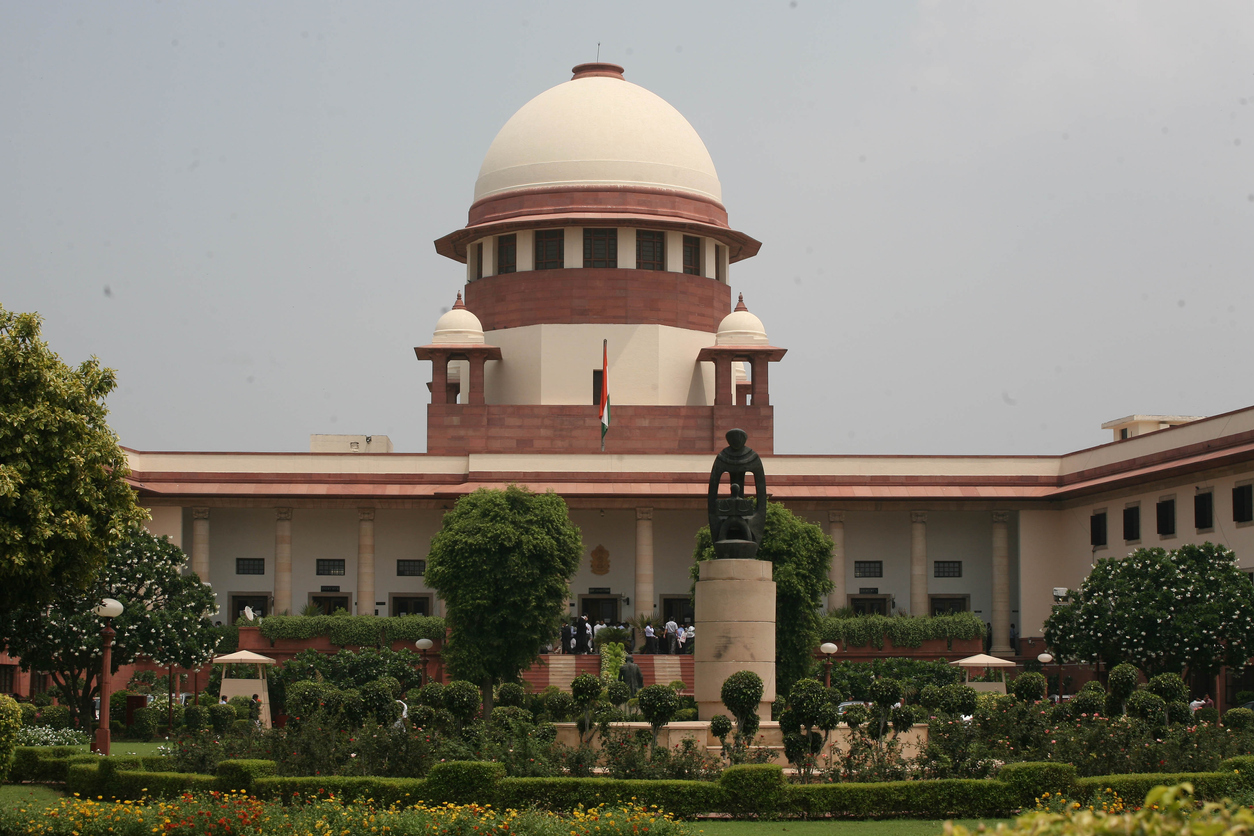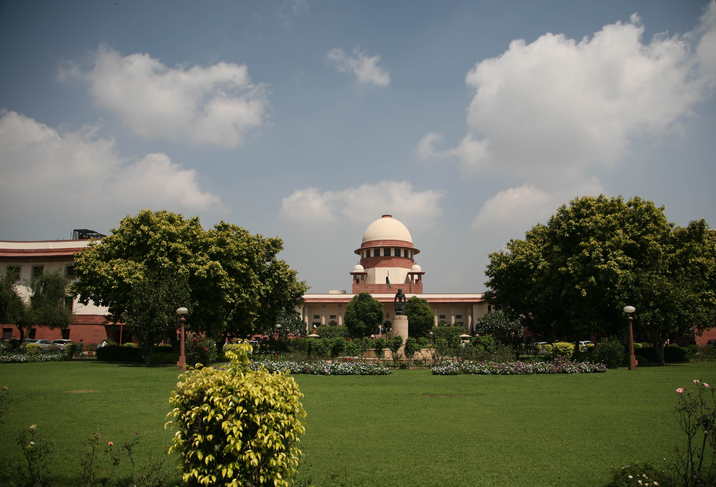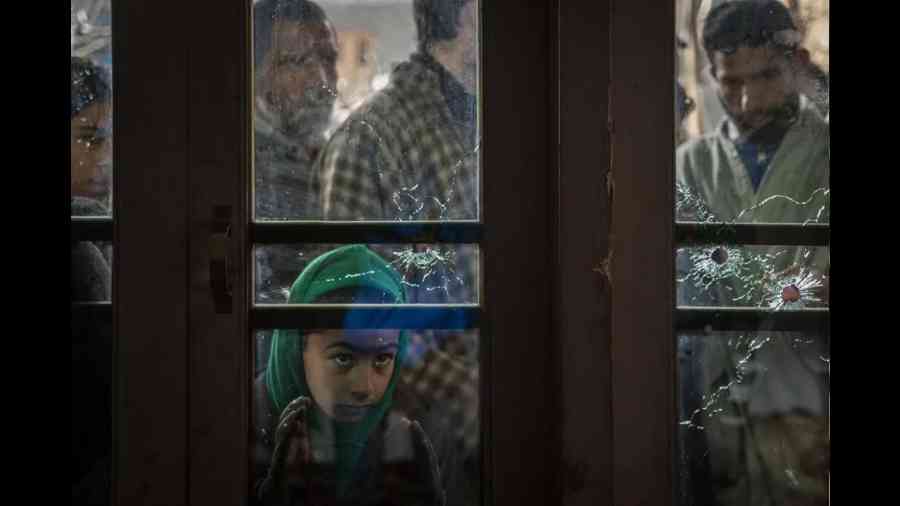
The Case of Missing Data on OBC’s
Affirmative action policies made in the absence of data
On January 11 and 17, two Public Interest Litigations were filed in the Supreme Court challenging the caste census in Bihar. These petitions seek to quash the Bihar government’s decision to conduct a caste census. The petitioners contend that a caste-based census is not contemplated in law and that the State government lacks the legal authority to conduct it. On Friday, January 20, the Supreme Court Bench comprising Justice B R Gavai and Justice Vikram Nath refused to entertain the petitions suspecting the motivation behind the petitions, and dismissed them as withdrawn. These petitions arose in the wake of the ongoing caste counting in Bihar that commenced on January 7. The exercise is an outcome of two unanimous Bihar Assembly resolutions passed in 2018 and 2019, and a consensus arising out of an all-party meeting in June 2022. To avoid legal complications, the Bihar government has maintained that they are conducting a caste-based count or survey, and not a caste census.
Over the years, India has witnessed a long-sustained demand from different quarters for a nationwide caste census to estimate the population proportion of Socially and Educationally Backward Classes (SEBCs), commonly known as Other Backward Classes (OBCs). The demands for caste counting have primarily been for the purposes of reservation in education, employment, and politics, and also for better design and implementation of socio-economic welfare schemes. However, the Union has firmly maintained that, as a matter of policy, it would not count castes other than the Scheduled Castes (SCs) and Scheduled Tribes (STs), either centrally or through the States. The Union’s stand has presented a paradox for determining the population of specific castes. Against this backdrop, this article explains the current scheme of affirmative action under the Constitution, and analyses the need for caste counting while examining the States’ authority to carry out caste surveys under the Constitution and the possible challenges States may face.
The Scheme of Affirmative Action
To foster equality, the Constitution of India makes express provisions for affirmative action in favour of historically disadvantaged classes in educational institutions, public employment, and politics, through reservations. Given how hereditary social stratification based on caste hierarchies characterised Indian society, reservations under the Constitution were originally conceived of along caste lines in favour of the SCs and STs based on their population proportion. In 1992, a 9 Judges bench of the Supreme Court in Indira Sawhney v. Union of India allowed 27% reservation in employment in favour of the SEBCs, which formed 52% of the population (based on the 1931 Census), while excluding the “creamy layer” or the socially and economically advanced section among them. The Court also put a limit to reservations holding that any reservation over 50% could be struck down.
In 2019, an additional 10% reservation on economic criteria was granted to the Economically Weaker Sections (EWS) of the unreserved category by the Constitution (One Hundred and Third Amendment), Act (the 103rd Amendment). The 103rd Amendment was upheld by a Constitution Bench of the Supreme Court in Janhit Abhiyan v. Union of India (2022) by a 3:2 majority on the grounds that the economic criteria for reservation is constitutionally valid, SC/ST and OBC citizens can be excluded from the scope of EWS reservations, and 10% EWS reservation in excess of the existing 50% limit on reservations, as set out in Indra Sawhney is constitutional. Thus the 103rd Amendment took the total reservation beyond the limit laid down in the Indira Sawhney case. Consequently, reservations to the SCs, the STs, OBCs, and EWS are given at the rate of 15%, 7.5%, 27%, and 10%, respectively, bringing the total permissible reservation to 59.5%. OBCs, thus, become the biggest beneficiaries of affirmative action under the Indian Constitution. However, the actual population of OBCs has remained unaccounted for in India.
The Data Void
Every decennial census in independent India has collected data concerning the population of SCs and STs. However, no such data is collected with respect to the OBCs. The last census data on OBCs was collected in 1931, 9 decades ago. In 1980, the Mandal Commission estimated the OBC population at 52%. In 2011, a Socio Economic Caste Census (SECC) was conducted by the Union Ministry of Rural Development, which collected data on caste while studying the socio-economic status of rural and urban households. While the socio-economic data has been published, the publication of the caste data collected under this exercise has been withheld, citing technical flaws. In the absence of updated census data, an assessment of the accurate OBC population, caste composition, and backwardness has been impossible. The lack of scientific data has also prevented governments from understanding how state practices and policies have affected disadvantaged groups, preventing them from taking appropriate corrective actions. Consequently, the demand for a caste census has amplified in several states.
The Question of Legality
The petitions claim that the authority to conduct a census in the whole or any part of the territory of India vests only with the Union – this authority is derived from Entry 69, List I of the Seventh Schedule (which grants legislative competence to Parliament), and the Census Act, 1948. The petitions raise concerns about the authority of States to conduct caste counting for their own purposes. The question then is whether States have the authority to maintain their own OBC lists under the Constitution?
Initially, the States were free to draw the list of OBCs for their respective purposes, and it was only in 1992 that the Union recognised OBCs for reservation. However, in 2018, the Constitution (One Hundred and Second Amendment) Act, 2018 (the 102nd Amendment) was enacted which granted constitutional status to the National Commission for Backward Classes under Article 338B and instituted Article 342A which took away the power of the States to maintain their own lists of OBCs. A five-judge bench of the Supreme Court in Jaishri Laxmanrao Patil v Chief Minister, Maharashtra (2021), while striking down Maharashtra’s Socially and Educationally Backward Classes Act, 2018 for exceeding the 50% ceiling laid down in Indira Sawhney and violation of the 102nd Amendment upheld the constitutionality of the Amendment noting that states do not have the power to identify OBCs. Consequently, the Union government gained absolute authority to identify and draw the list of OBCs in consultation with the National Commission for Backward Classes.
However, in view of unanimous demands by political parties, Parliament passed the Constitution (One Hundred and Fifth Amendment) Act, 2021 which amended Article 342A and restored authority to States and Union Territories to identify and maintain a separate list of SEBCs for their own purposes. The Union government clarified that the legislative intent behind the 102nd Amendment was not to take away States’ power to maintain a list of OBCs and rather to give both the Centre and the States the power in this regard.
Consequent to this amendment, the constitutional position on identifying OBCs is restored to the pre-Jaishri Laxmanrao era. States are now well within their rights to identify OBCs in their territory to maintain an updated State SEBC list and to extend the benefit of its social welfare schemes and policy. Although the power to conduct a census within the meaning of Entry 69, List I (of the Seventh Schedule) and the Census Act remains with the Union, this Amendment lifts the bar on the states from determining the population of the SEBC in their territory.
The Challenges
However, a caste survey raises several challenges. Given that the Constitution does not define the term ‘backward class,’ the first challenge would be in terms of identifying and defining who form backward classes for affirmative actions in different forums. The quandary over backward class reservation in local body elections is an apt illustration of the problem. Taking note of this conundrum, the Supreme Court in Vikas Krishanrao Gawali v. State of Maharashtra (2021) has distilled a ‘triple test’ to identify backward classes for furthering reservation for OBCs in local body elections. The ‘triple test’ requires the States to appoint a dedicated commission to conduct a contemporaneous rigorous empirical inquiry into the nature and implications of backwardness in local bodies, specify proportional reservation, and allocate reservation in a manner not exceeding 50%. Since then, several states’ attempts at reservation in local bodies have run into trouble for not fulfilling the triple test. As a result, many states have set up a dedicated commission to conduct empirical studies for this purpose.
Secondly, caste counting in India has always been muddled in politics and could bring along several challenges for states. For instance, the Mandal Commission report that identified 3743 castes and communities as backward led to violent protests. The SECC caste data was never released, citing flaws in the tabulation of data. Karnataka was one of the first States to conduct a caste survey in 2015. However, the survey data is yet to be made public by successive governments due to political reasons. Bihar’s attempt at a jati-adhaarit sarvekshan (caste-based survey) has raised a fresh set of questions on the distinction between a caste census and a survey to identify castes within a State. Even though there might be some practical differences between census and survey, identifying them is beyond the scope of this article. Given the political concerns around caste-based surveys, it is likely that the Supreme Court hearing may not be the last of what we hear about this.



